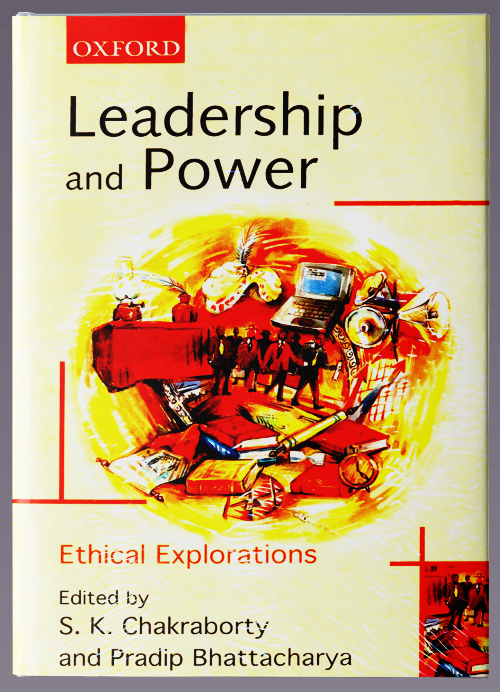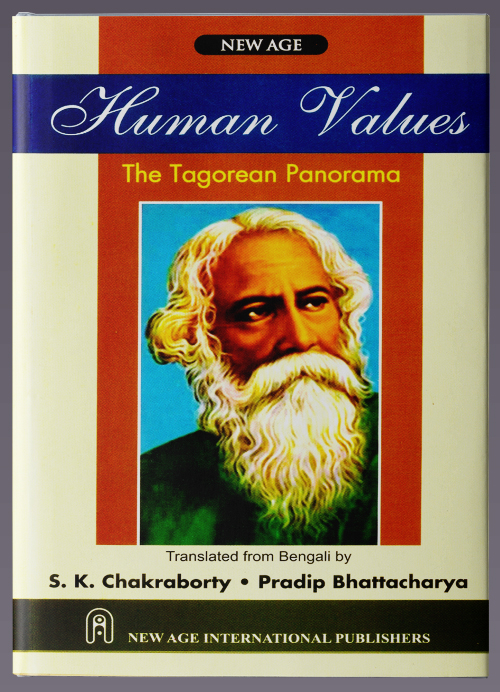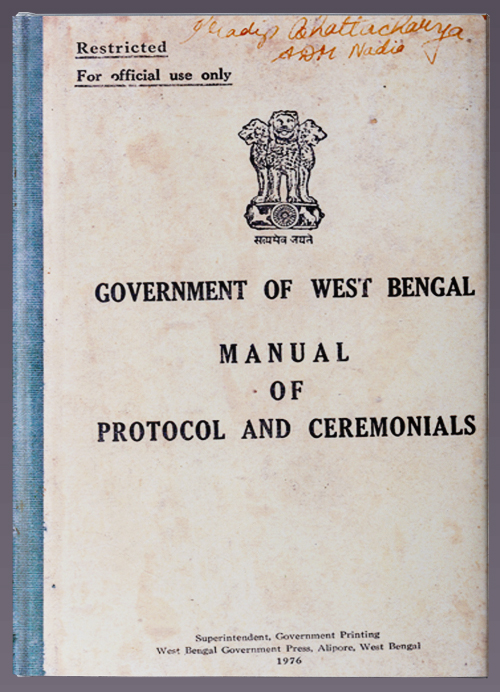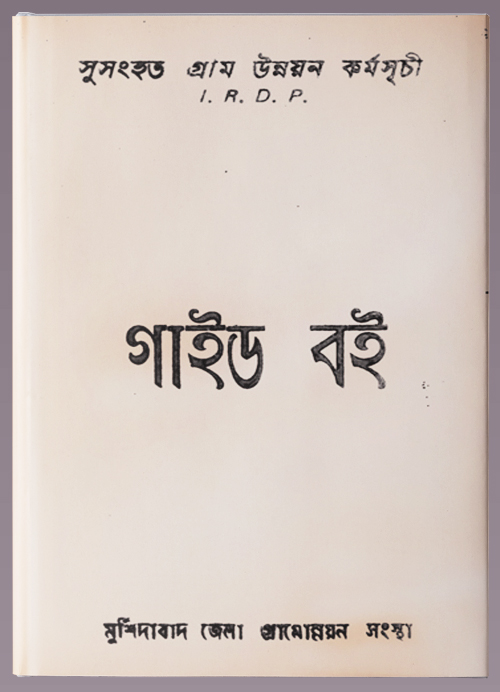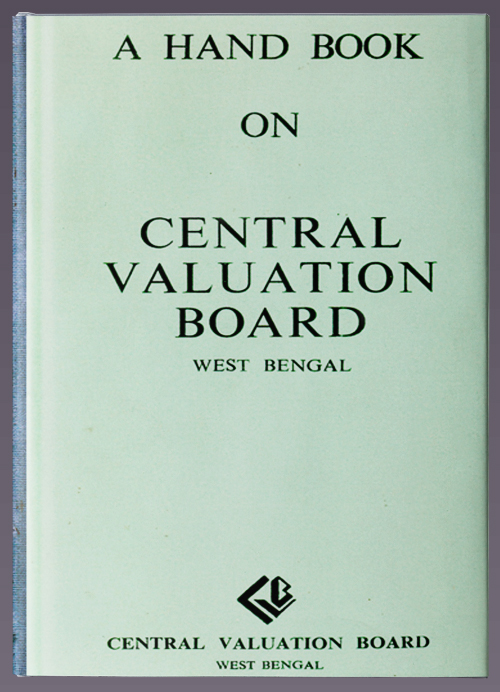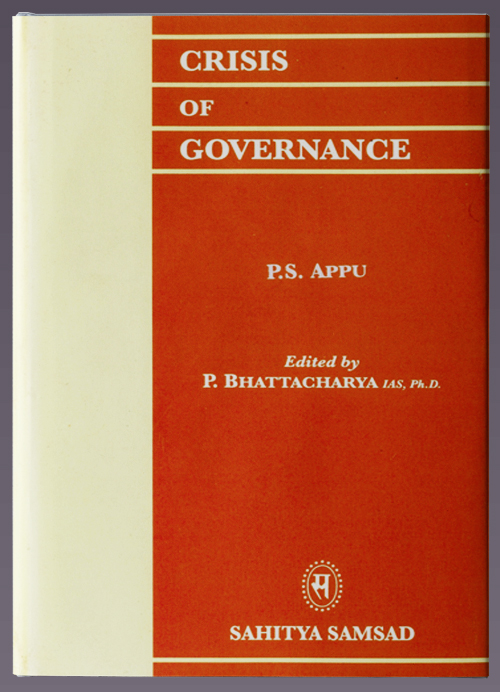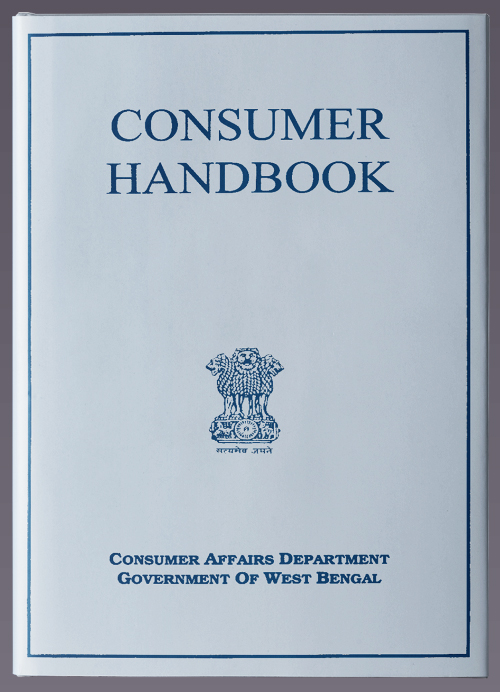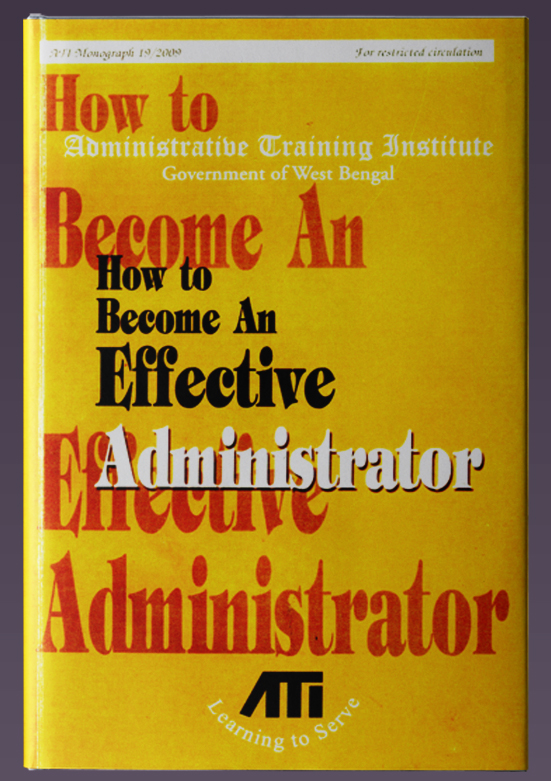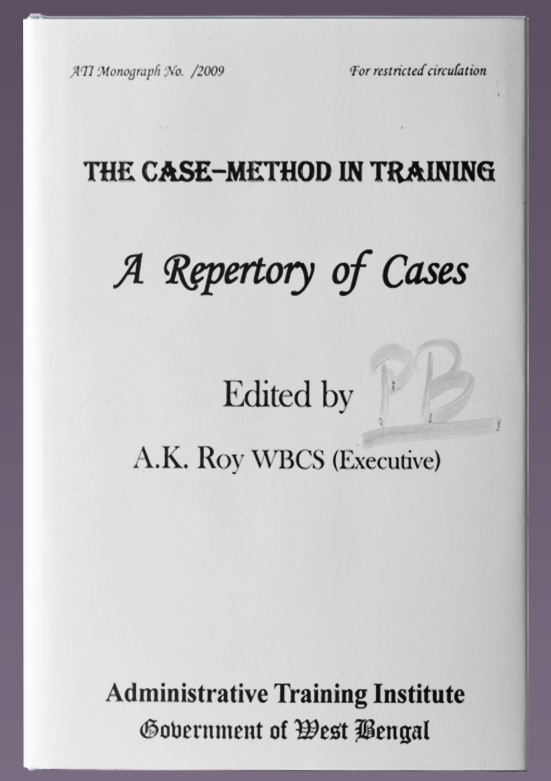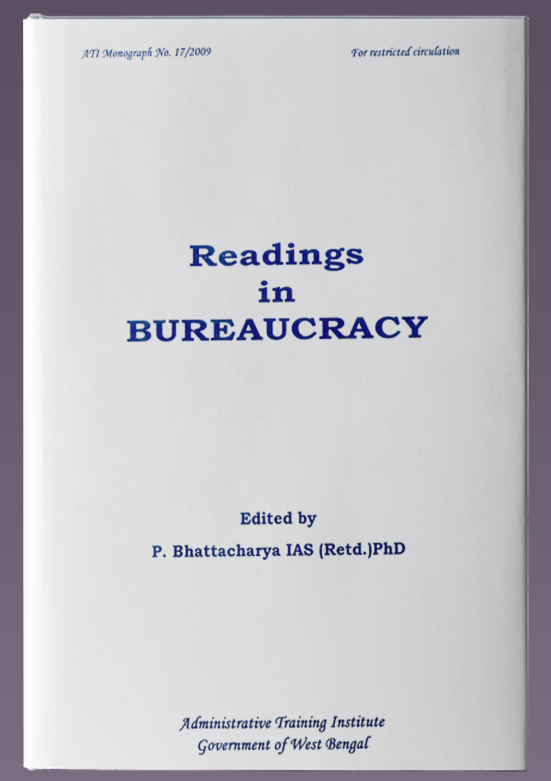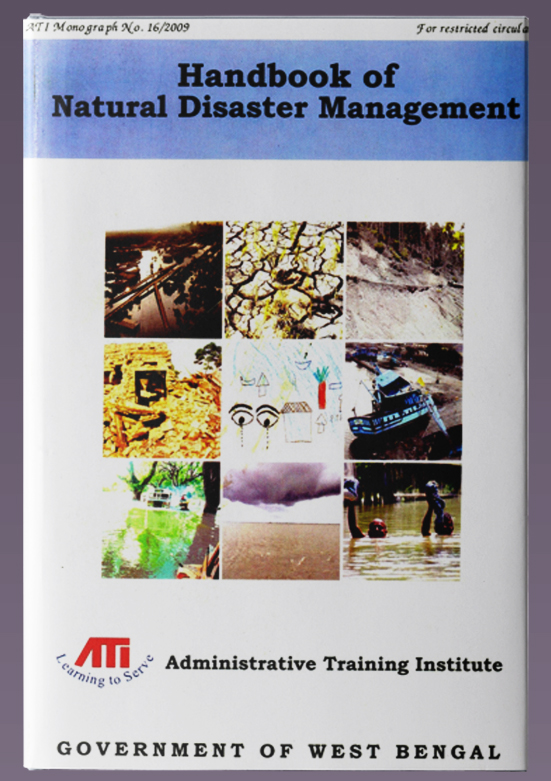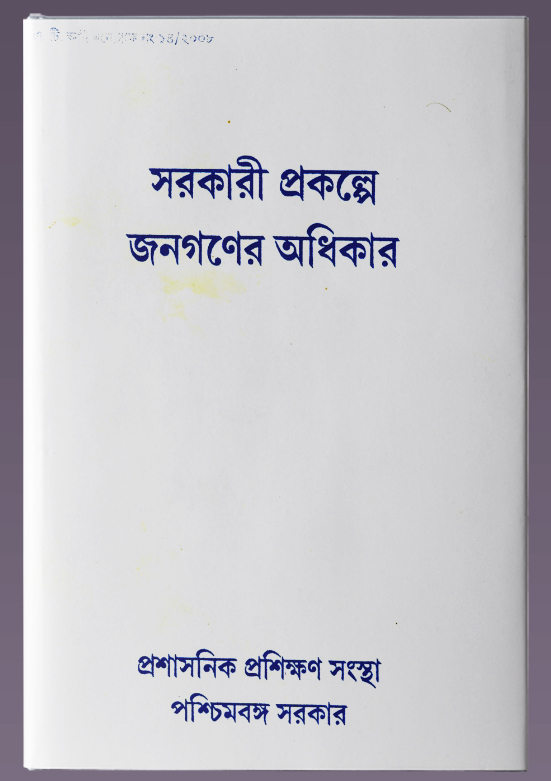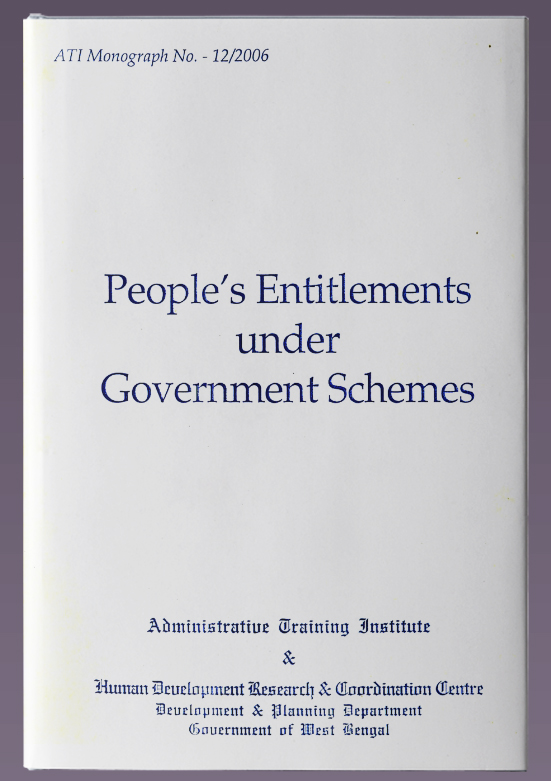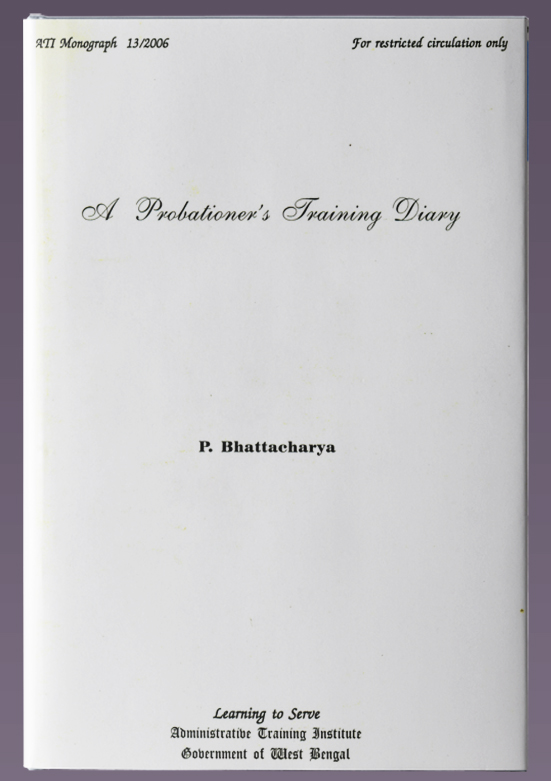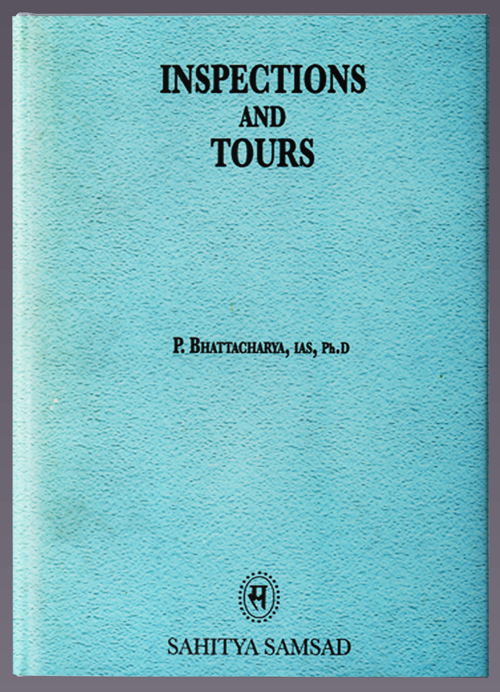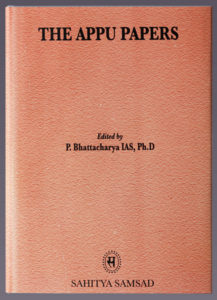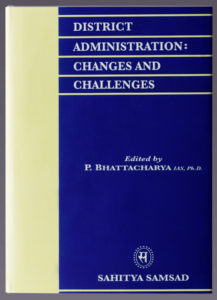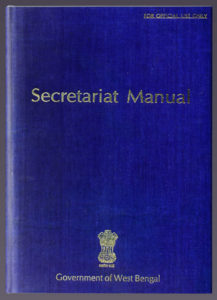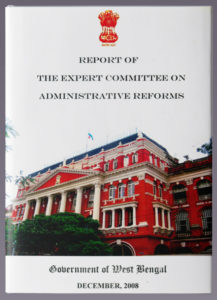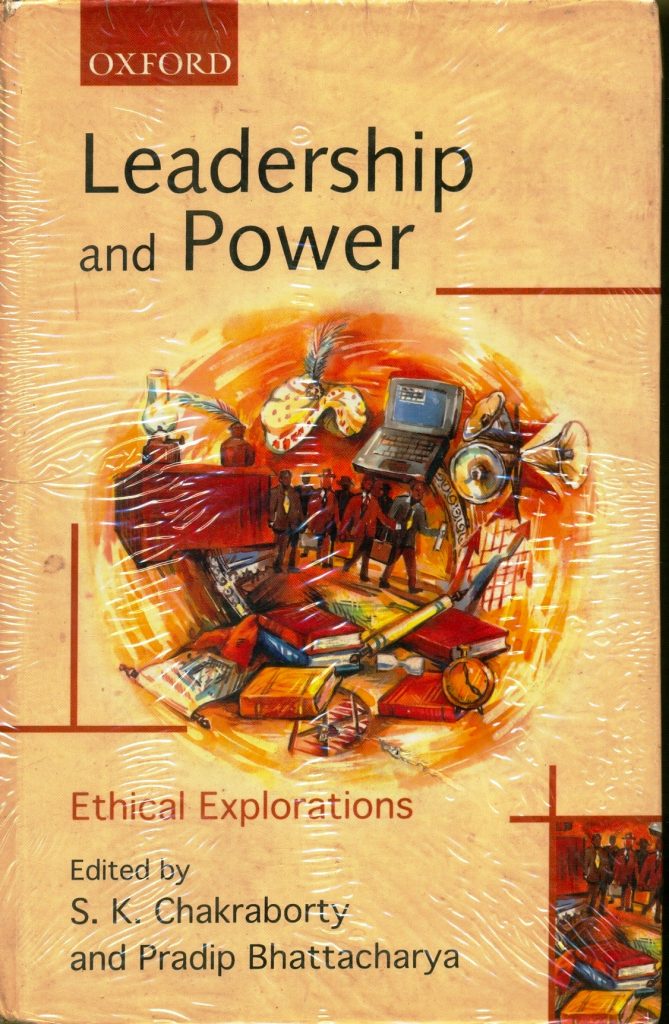1. It was 1974. Mihir Kumar Das, an officer of the West Bengal Civil Service (Executive) cadre, was posted in Chandernagore sub-divisional headquarters of Hooghly District in West Bengal, as one of three Deputy Magistrates on duty. He had spent about one and a half years in the Subdivision. He used to perform Treasury work in the first half and Court work as Executive Magistrate in the second half of the day. He was also assigned magisterial duty in law and order problems either at Telenipara or at Champdani as and when required. These were communally the most sensitive places of the Subdivision.
2. Chandernagore was then otherwise a very beautiful place to live in. It had been a French colony and was culturally rich with a heritage background. It was additionally attractive for its excellent riverside strand. The Subdivision consisted of three rural blocks viz., Singur, Haripal and Tarakeswar and two municipalities viz., Champdani, Bhadreswar and the Chandernagore Corporation.
3. In May 1974, the All India Railway Men’s Union called for an indefinite strike of the Indian Railways all over the country under the leadership of George Fernandes, later a Central Minister. The strike started from 7th May. Pradip Bhattacharya, an Indian Administrative Service officer of the 1971 batch, was the Subdivisional Officer (SDO) since mid-1973, aged 26. He deputed Das for law and order duty at Kamarkundu Railway Station (RS) on the Tarakeswar-Sheoraphuli line. Kamarkundu was a very important business hub.
4. It was Bhattacharya’s first subdivision. He strongly believed in teamwork, successfully rehabilitating about thirty thousand evacuees from Malda to Rajshahi in Bangla Desh in 1972. On account of the prevailing severe crisis in cement, Petroleum Oil and lubricants (POL), baby food, rations and electricity, and the strike in numerous jute mills, work had to continue well after office hours. The SDO made it a point to arrange for refreshments in the late evenings for sharing with his officers so that their energy level did not flag and the massive workload could be handled. When his officers had to camp outside headquarters for law and order duty, as during Muharram etc., he would drive out to them with magazines and food to maintain their morale.
5. Das reached Kamarkundu RS by the office jeep early in the morning of 7 May 1974. An Inspector of Police had also reached by then along with a group of other police personnel and was holding a temporary camp office in a tent. There was a Rest Room meant for railway officials at Kamarkundu RS and Das put up there.
6. None of the railway employees attended to their duties but many of them were standing outside the station watching the situation. Das asked them to come in and join their duties but it was of no use. There were constant announcements over the microphone outside, urging the employees to make the strike a success. But Das had something else in his mind. From the very beginning, his mission was to run the train services at least between Sheoraphuli and Tarakeswar, which is a major pilgrimage centre with a Shiva temple. Moreover, Tarakeswar is the terminal station of this railway line and the farthest point of the Subdivision. The region was very rich in agriculture and the produce was sold in different parts of the state. Indefinite strike would result in heavy economic loss.
The first day was uneventful.
7. From 8.5.1974, the second day of strike, Das began doing ground work. He tried to convince the employees to join their duties and assured them of their security. At the same time he contacted the concerned officers of the Divisional Superintendent’s Office, Howrah Railway Division (DS Office) asking for their help and services in resuming a shuttle train service between Sheoraphuli and Tarakeswar during the strike.
8. The groundwork started yielding results from 9th May. The Station Master and one or two sweepers joined duty on that day. More were in the queue. Overhead electrical wires had been either removed or damaged. Das requested the DS Office, Howrah, to repair and restore the overhead electric wires and to repair the rakes lying at Tarakeswar RS by sending technical staff through a dummy train. The police officer camping at Kamarkundu RS was requested to arrange patrolling in the residential area of the railway employees, the road between the residential complex and the Railway Station and the Bazaar area where the staff willing to join duty were expected to go.
9. On 10th May, in response to Das’s suggestions, DS Howrah sent a train with extra staff to Tarakeswar. They took one of the three rakes lying at Tarakeswar RS for using them in shuttle service. It was noticed that miscreants had cut the motor cables. Therefore, the rakes had to be sent to the workshop for repair. Overhead electric wires were replaced and/or repaired and electric connection restored. Some passengers were put into the dummy train that ran on that day as a signal to both the striking employees and the regular commuters. It helped a lot to boost confidence among the public.
10. In response to Das’s request on 10 May, telephone connections between Howrah Control and Tarakeswar and Kamarkundu RS were restored. Electricity in Tarakeswar RS was also restored.
11. There was no arrangement of tea, breakfast, lunch or dinner where Das was put up. The SDO used to send his lunch from Chandernagore everyday. When he came to meet Das to review the latest situation on 10th May, he himself carried his lunch to Kamarkundu. Das had left behind his aged mother, wife and a three year old son at Chandernagore while proceeding to Kamarkundu. There was no male member to look after them in his absence. The SDO regularly looked after Das’ family in his absence. Unlike now, the telecommunication system was then very poor. Das could not keep direct contact with his family. The SDO regularly kept him informed about his family members.
12. On reaching Tarakeswar RS on 11th May, at 8.15 a.m. Das found the Station Master and the Commercial Transportation Inspector (CTI) deputed from Bandel to provide phone connection with Howrah Control and electricity at Tarakeswar RS. By then, a group of technical personnel viz. Permanent Way Inspector (PWI), Signal Inspector (SI), Traction Driving Inspector (TDI) etc. had reached Tarakeswar RS with a patrol-special. Two rakes were found stabled on the first railway track on Tarakeswar. Das requested the PWI, Signal Inspector and the TDI to spike the other subsidiary lines and keep open only one line i.e. the 3rd line so that a shuttle service between Tarakeswar and Sheoraphuli could be run. They informed him that the rake was in operative condition and could run as shuttle up to Howrah.
13. Through interaction with them, Das learnt that the TDI was initially a Motorman. At his earnest request, the TDI hesitatingly agreed to drive the train but requested him to take the approval of the Divisional Operating Superintendent (DOST), Howrah. The DOST Howrah immediately approved of the scheme and desired to talk to the TDI who in turn told him that the rake was not in a condition to move to Howrah and that the Magistrate (Das) was unnecessarily forcing him to drive the defective rakes. He further stated that being a Senior TDI he could not drive a rake without getting clearance from the TXR (Train Examiner). When the discussions between the DOST and TDI were over, Das again talked to DOST and informed him that the TDI had earlier certified that the rake was all right for moving to Howrah and that he was willing to drive it.
14. After the conversation, Das asked the TDI why he made such a contrary statement to the DOST. In reply he stated that he could not run a rake based on the orders of a Magistrate and what he required was a permission from the Chief Operating Superintendent (COST), the superior of DOST. He also denied that he had agreed to drive the rake if he got the permission from the DOST. As no force been applied on him, he was asked to explain why he used the words ‘unnecessary force’ while talking to the DOST. He then begged apology. Das made it clear to him that whatever he was doing was in the exclusive interest of the public at large and that if a shuttle service could be run between Tarakeswar and Sheoraphuli great public confidence could be earned. He found the TDI most unwilling. Das could not understand if his request to run the rake had hurt the ego of the TDI. Perhaps, he felt that he was no more a Motorman to run a train as he was holding a higher post.
15. So, Das started thinking about some other alternative. He asked the PWI and the driver on the Steam Engine carrying the Patrol-Special if the Steam Engine could carry the rake making it a ‘Special’ to run up to Sheoraphuli. Both of them thought it to be a good idea and assured him of taking necessary action in the matter. PWI, SI and the Driver concerned arranged everything and the rake was ready for movement. Das decided to start the train immediately. It was about 10.30 a.m.
16. Meanwhile, most of the railway employees posted at Tarakeswar RS assembled and expressed their willingness to join their duties. It was learnt that all of them had reported sick and remained absent since 3rd May. Das first talked to everyone to ascertain their willingness to work. He also made it clear to them that there was no pressure on them from the Civil Administration to join under duress. All of them expressed their firm willingness to join. They joined their duties willingly.
17. In the course of this Das had announced that a ‘special’ train would leave for Sheoraphuli shortly and requested passengers to board. There was a good response from the public. The rake, which had been declared unfit by the TDI over phone to the DOST, left Tarakeswar Station at 11.10 a.m. as the first Special drawn by the steam engine of the Patrol-Special carrying a good number of passengers. Before the train left, Das sent a message through the Emergency Control of the railways to D.S., Howrah with a copy to SDO, Chandernagore, District Magistrate, Hooghly etc. which is reproduced below:
FROM: DAS, DY. MAGISTRATE, CHANDERNAGORE, CAMP TARAKESWAR.
TO: DIVISIONAL SUPERINTENDENT, HOWRAH.
TO MEET PUBLIC DEMAND ONE RAKE WITH PASSENGERS BEING MOVED UP TO SHEORAPHULI WITH THE HELP OF STEAM ENGINE OF PATROL SPECIAL WITH LIMITED STOP AT HARIPAL, NALIKUL, KAMARKUNDU, SINGUR AND DIARA (.) THE SAID RAKE MAY RUN AS SHUTTLE BETWEEN TARAKESWAR AND SHEORAPHULI AT LEAST 4 TIMES A DAY ON UP AND DOWN LINE EACH (.) THIS IS REQUIRED FOR EARNING PUBLIC CONFIDENCE (.) TWO ASMS THREE TCS TWO BOOKING CLERKS ALL SWEEPERS, PORTERS, SHUNTERMAN, BOX-PORTER, ONE GATEMAN AND ONE CABIN-MAN REMAINING ON SICK LEAVE AND AVAILABLE HERE ARE ALLOWED TO JOIN THEIR DUTIES PENDING FURNISHING FIT CERTIFICATE FROM AMO, KAMARKUNDU WHEN AVAIIABLE (.) EXPECTED MORE PERSONS TO JOIN (.) THEY WILL ALSO BE ALLOWED TO JOIN (.) D.S. WILL KINDLY APPROVE OF THE ARRANGEMENT (.) MESSAGE ENDS (.)”
18. Enormous popular support was received when the first ‘Special’ was started. Das got the station cleaned up by the sweepers after they joined. At 11.45 a.m. the Engineer-in-Chicf (EIC) arrived with his team at Tarakeswar RS in response to the radiogram message to D.S. Howrah sent on 10.5.74. Another rake was then run on 3rd line, which was also spiked by the PWI’s men for making the said line operative for running one shuttle only. The EIC, Mr. Banerjee approved of Das’s action. He then engaged his men to get the rake examined and certified. Mr. Banerjee informed Das at about 12.05 hours that the rake was ready for movement. He also acknowledged that 80% of the work had already been done by Das. He was surprised and most delighted to learn that most of the railway employees had joined their duties sportingly. He then desired to start the rake at 12.20 hours but Das proposed to start it at 12.30. Thereafter he contacted the Station Master, Tarakeswar RS and the local PS and requested them to make a public announcement that a train would leave as ‘Special’ between Tarakeswar and Sheoraphuli at 12.30 hours. At this, many passengers, including pilgrims, boarded the train which ultimately left with an escort at 12.45 p.m. The vendors’ compartment was full of vegetables. The local people rejoiced.
19. Das requested the EIC to ensure that the rake would henceforth serve as shuttle between Tarakeswar and Sheoraphuli till the strike was over or any better arrangement was made. He assured it by issuing an order to the Sheoraphuli RS.
20. Das instructed the Officer-in-Charge (O/C), Tarakeswar PS in the Inspection Register maintained in the PS to guard the Railway Station and the rake that would be lying at night in Tarakeswar RS, to patrol the Railway colony and the railway Running Room in order to boost the morale of the employees who joined duties that day. He also asked the O/C to make the Railway employees feel that they were not insecure.
21. Das arranged a lunch for the Engineer-in-Chief and his Assistant Engineer Mr. Pillai. They left at 14.00 hours. The EIC remarked that he never dreamt of leaving Tarakeswar before 16.00 hours and thanked him.
22. On his way back to Kamarkundu Command Post, Das found Haripal and Nalikul RS abandoned. All the Railway Quarters were found under lock and key. He thought that he would try the next day if he could find out some willing employees to work in those stations.
23. He came back to Kamarkundu at 16.00 hours and sent an R.T. message to SDO Chandennagore informing him of the running of two shuttle services between Tarakeswar and Sheoraphuli with an available EMU Rake being drawn by the Steam Engine of a Patrol Van, one at 11.00 a.m. and the other at 12.45 p.m. leaving Tarakeswar. He informed about the necessary arrangement made to run regular shuttle services between Tarakeswar and Sheoraphuli with the available rake.
24. The District Magistrate (DM) Hooghly with the Superintendent of Police (SP) visited Kamarkundu RS at about 16.45 hrs. Das narrated everything to the DM as to how the shuttle services could be run. The DM praised his action and was very happy. In fact at that time a shuttle was moving towards Tarakeswar. The DM saw the train in motion and the result of Das’ action.
25. As per the arrangement made by the DM, Das’ duty finished at 14.00 hours but he could leave Kamarkundu RS only at 18.00 hours for Chandernagore. Then he reported the whole matter in detail to the delighted SDO Chandernagore.
26. Das’ five day stay at Kamarkundu ended in success. His attempt to run at least shuttle services between Tarakeswar and Sheoraphuli succeeded. He had been sent to Kamarkundu RS simply on law and order duty. Neither the SDO nor the DM had asked him to try for keeping the train service in the Tarakeswar line operative. There was great risk in doing so. His life would have been endangered by the extremists amongst the strikers—but that did not happen. Das felt that his conscience prompted him to do so and saved him too. On the recommendation of the SDO, the Home (General Administration) Department of the State Government sent him a ‘Letter of Appreciation’ in recognition of the services rendered.
27. When he had left for Kamarkundu RS, Das had thought that it would be a job of one or two days, but it actually went on for five days. He felt that he would not have completed his mission successfully but for the support of his SDO.
Annexure: 1
The Railway Strike
Abbreviations and special terms used in the Railways :-
1. R.S. :Railway Station
2. D.S. Office :Divisional Superintendent’s office, Railways
– Now-a-days Divisional Railway Manager was called
Divisional Superintendent Railways during the period
under report.
3. P.W.I : Permanent Way Inspector
-His function is to examine the railway-track, find out defects / faults, if any, to repair the same and also to undertake regular maintenance. While examining the track he uses the Trolley being drawn by men i.e. Trolleymen
4. CTI : Commercial Transportation Inspector
-Looks after transportation of goods through Railways
5. S.I. : Signal Inspector
– Looks after signaling system
6. T.D.I : Traction During Inspector
-Superior officer of the Motorman (the Driver of the EMU train is
called Motorman)
7. DOST : Divisional Operating Superintendent
– The first officer of a Railway Division Controlling the
operating work of the Division
8. COST : Chief Operating Superintendent
– Operating head of the Zonal Railways i.e. Eastern Railways,
Central Railways etc.
9 TXR : Train Examiner
– Before a train is put into run, a train is thoroughly examined.
10. EIC : Engineer in-Chief
-Chief of the Engineering Wing of a Railway Division
11. Spike : To arrange the Railway track for movement of a train by
shifting the track. It is operated from the cabin.
12. Patrol – special : A train that carries technical staff for examining the
Railway track to ensure that those are in good working
order.
